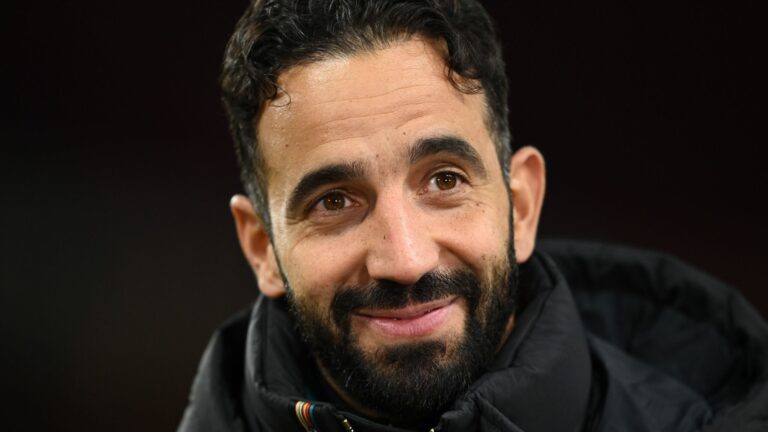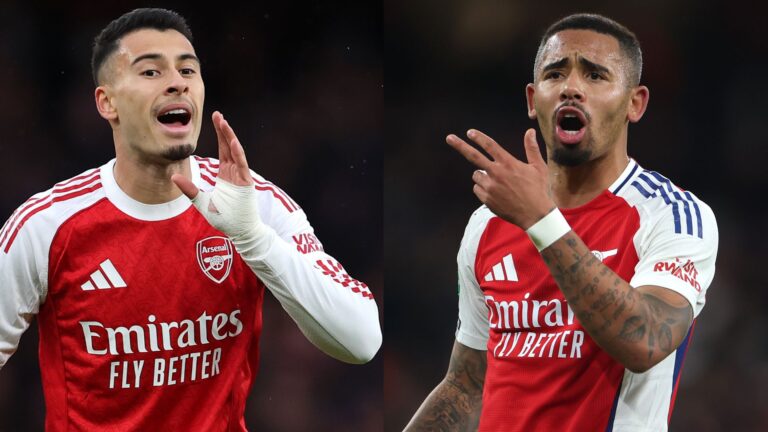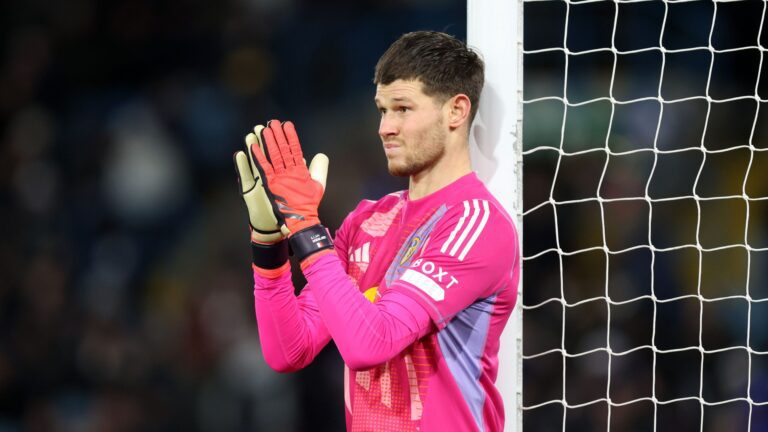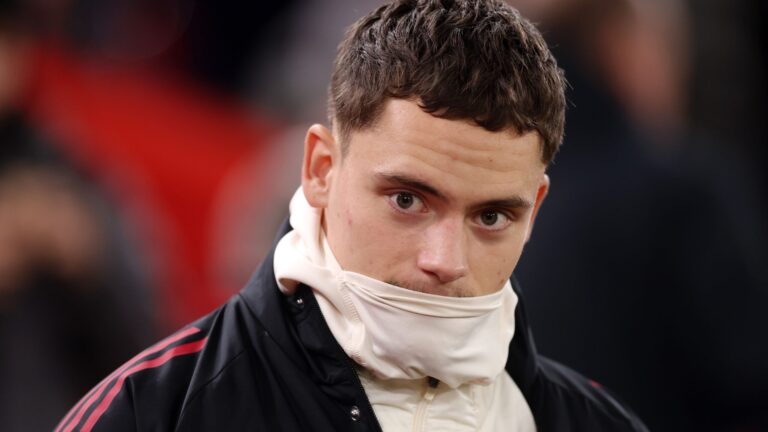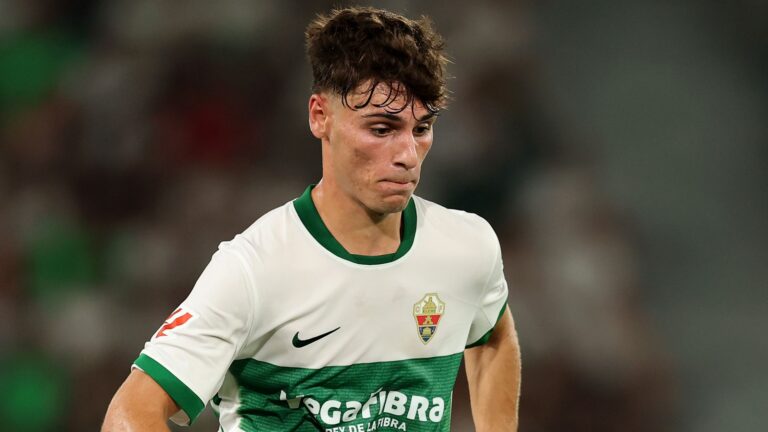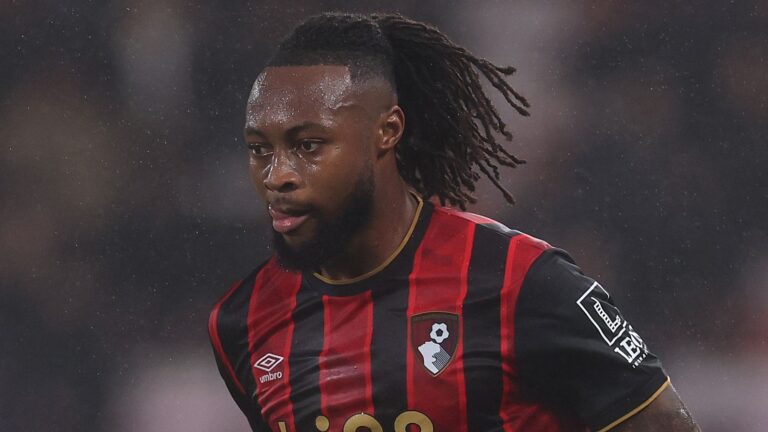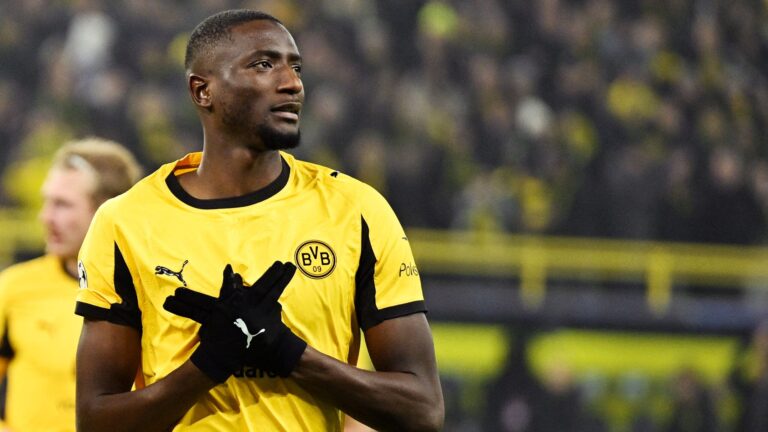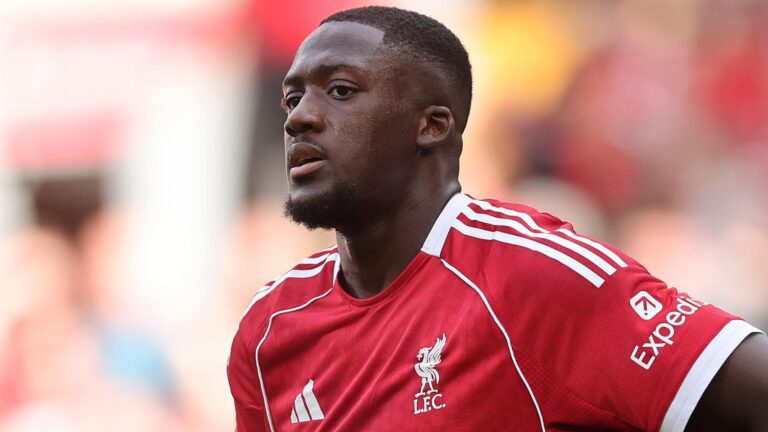Unveiling the Hidden Dangers of Football Transfers Gone Wrong
In the fast-paced world of football, transfer decisions can either propel a career to new heights or lead to unexpected setbacks. Take James Trafford, for instance, whose bold move back to Manchester City has sparked discussions about the risks players face when chasing familiar paths. This piece explores how seemingly promising swaps can derail ambitions, drawing from real-life tales of elite athletes who found themselves sidelined by hasty choices.
James Trafford’s Unexpected Struggle After Returning to Manchester City
Following an outstanding year with Burnley, where he allowed only 16 goals in the Championship and achieved an 85 percent save rate, James Trafford emerged as a prime target in the goalkeeper market. A transfer to Newcastle United seemed inevitable, promising his first taste of Champions League action and a prominent role. However, Manchester City, from whom he had departed in 2023 without any senior outings, activated a matching rights provision in his prior agreement, enabling them to match Newcastle’s offer and bring him back to their home ground.
From Trafford’s perspective, the decision held some appeal, as Ederson was nearing the end of his tenure at the club with just one year remaining on his deal, potentially opening the door for Trafford to claim the primary spot. Yet, Ederson accelerated his departure to join Galatasaray late in the transfer period, prompting City to swiftly secure Donnarumma instead.
Today, Trafford finds himself vying against one of the premier goalkeepers globally, a 26-year-old who has excelled at the top tier for over a decade. After featuring in the opening three Premier League matches, Trafford is now relegated to the reserves for domestic and continental fixtures, with limited opportunities likely confined to the Carabao Cup and FA Cup unless Donnarumma encounters an injury or a significant dip in performance.
As whispers grow of Trafford’s remorse over rejoining City and his interest in a January loan, we examine additional cases where players’ career moves rapidly turned sour from their own standpoint.







Lessons from Football’s Most Regrettable Career Shifts
Antoine Griezmann’s Prolonged Indecision and Its Consequences
Antoine Griezmann created quite a spectacle in 2018 by publicly rejecting a switch to Barcelona from Atletico Madrid, drawing parallels to high-profile decisions like LeBron James’ and producing a documentary to deliberate the merits of teaming up with Lionel Messi. Ultimately, he chose to remain with Atletico and extend his commitment, which appeared to settle the debate.
Nevertheless, Griezmann reversed course the following year, joining Barcelona and alienating Atletico’s management and fans who believed in his long-term loyalty. Barcelona entered the arrangement with reservations about his reliability from the prior snub. Burdened by his hefty €120m transfer fee, Griezmann underperformed, facing challenges in syncing with Messi and Luis Suarez.
During his debut season, he managed just nine La Liga goals, marking his lowest output in eight years and ranking among his poorest ever. Suarez’s exit exacerbated the situation, as the Uruguayan led Atletico to championship glory. Griezmann eventually returned to Atletico after two underwhelming seasons devoid of titles, amid Barcelona’s embarrassing Champions League defeats.
Alvaro Morata’s Return to Roots That Led to Instability
After departing Real Madrid in 2014, Alvaro Morata’s profile rose significantly at Juventus, where he netted vital goals that propelled the team to the Champions League final against Madrid and secured the Coppa Italia. Yet, Real Madrid leveraged a repurchase option in his original deal to bring him back in 2016.
The attraction of rejoining his lifelong club was strong for Morata, but considering the elite attacking lineup featuring Gareth Bale, Cristiano Ronaldo, and Karim Benzema at their peak, it was evident he’d struggle for consistent starts at the Santiago Bernabeu. Indeed, despite Madrid claiming La Liga and the Champions League, with Morata contributing 18 goals, he remained a peripheral figure under Zinedine Zidane, starting only 14 league matches and one European outing. His subsequent move to Chelsea proved even more problematic, and he now plays in Italy for Como, marking his seventh club and tenth distinct period in a career defined by frequent changes and lack of permanence.
Kalvin Phillips’ Disappointing Adaptation at Manchester City
Kalvin Phillips’ arrival at Manchester City in 2022 initially seemed logical, given his development under Marcelo Bielsa at Leeds United, a coach influenced by Pep Guardiola, and his contributions to England’s European Championship final appearance the previous year.
However, Phillips’ time at the Etihad began poorly with a shoulder injury during a preseason match against Barcelona, requiring surgery. Guardiola publicly critiqued Phillips’ fitness upon his return from the 2022 World Cup and consistently omitted him from the lineup, even in squad rotations for the FA Cup semifinal against Sheffield United.
A three-match ban for Rodri in the next season failed to secure Phillips a steady position, leading to loan stints at West Ham and Ipswich Town after just six starts across all competitions, three of which ended in losses for City. His value plummeted so much that no clubs pursued him last summer, forcing a return to City, where he unexpectedly featured against Huddersfield Town in the Carabao Cup recently.
Paul Gascoigne’s Missed Opportunity with Manchester United
While Paul Gascoigne delivered memorable performances at Tottenham, his preference for Spurs over Manchester United stands as a major “what if” in the sport. Gascoigne had verbally committed to Sir Alex Ferguson and was poised to transfer from Newcastle, his original team, but opted for Tottenham after they offered extras like a car for his father and a sunbed for his sister.
Gascoigne’s career was ultimately hampered by issues with alcohol and injuries, with many believing Ferguson, who transformed United’s culture regarding drinking, could have guided him better. Ferguson later called not signing Gascoigne his greatest regret, stating in 2021 that the player might have achieved more under his management. Gascoigne countered this on the Rest is Football podcast, jokingly suggesting he’d have blended in given incidents involving other United players like Eric Cantona, Wayne Rooney, and Ryan Giggs.
Robbie Keane’s Mismatch at Liverpool
When Robbie Keane finalized his long-awaited transfer to Liverpool in 2008, he expressed his lifelong fandom, reminiscing about wearing Liverpool jerseys as a child in Dublin and anticipating a dynamic partnership with Fernando Torres. Yet, manager Rafa Benitez envisioned Keane in a different role, positioning him as a potential left winger.
Keane reflected that he was never suited for that flank, as Benitez deployed him there from the start, a position unfamiliar to him. Although he scored when played upfront, the inconsistency in selection frustrated him, especially for a forward accustomed to regular scoring. This attempt to reshape his style proved disastrous, leading to his quick dissatisfaction.
Due to his discontent, Keane returned to Tottenham just six months later for £12m, resulting in a £7m financial hit for Liverpool.
Tom Bischof’s Stalled Progress at Bayern Munich
Last season, Tom Bischof, a dynamic midfielder, impressed with Hoffenheim and earned a national team spot through steady play. As his contract expired, he had options everywhere and logically selected Bayern Munich.
Regrettably, the transition has hindered his development, as the 20-year-old hasn’t started a single game for the Bundesliga winners, even with Vincent Kompany relying on a compact roster. As the only healthy, non-third-choice goalkeeper without a start, Bischof’s bright future has hit a roadblock, jeopardizing his chances for Julian Nagelsmann’s 2026 World Cup team.
Exploring James Trafford’s Regrettable Transfer
James Trafford, the young English goalkeeper, has become a prime example of a regrettable transfer in modern football. Originally seen as a promising talent at Manchester City, where he served as a backup, Trafford’s move to Burnley in 2023 for a reported £15 million raised eyebrows due to his limited first-team experience. Fans and analysts expected him to step up as a starter, but his performances have been inconsistent, with errors leading to goals and struggles in adapting to the Premier League’s intensity. This transfer highlights how high expectations can lead to disappointment when a player isn’t ready for the spotlight.
In a case study of Trafford’s situation, it’s clear that clubs often gamble on young prospects without fully assessing their mental resilience. For instance, despite his potential shown in loan spells, Trafford’s inability to secure a stable role at Burnley has sparked debates about whether Manchester City offloaded him too soon. This isn’t uncommon in football, where backups are thrust into starring roles only to falter[başvurmak:
This first-hand experience from Trafford’s career can serve as a cautionary tale, especially when compared to other goalkeepers who transitioned successfully. Robbie Keane, the Irish striker known for his goal-scoring prowess, experienced several regrettable transfers throughout his career that didn’t live up to the hype. One notable instance was his 2008 move from Tottenham Hotspur to Liverpool for around £19 million, where he was expected to fill the void left by other stars but struggled to adapt, scoring only seven goals in 28 appearances before being loaned out. Keane’s tale is a classic example of how a player’s style doesn’t always mesh with a new team’s tactics, leading to underwhelming results. As a case study, Keane’s Liverpool stint reveals the pitfalls of transfers based on reputation alone. Despite his success at Tottenham and later at LA Galaxy, his time at Anfield showed that even seasoned players can falter in unfamiliar environments[başvurmak: Drawing from Morata’s experiences, we’ve seen how even top talents can underperform. Bullet points for deeper insight:
Diving into Robbie Keane’s Overlooked Transfer Regrets
First-Hand Experience Insights from Morata’s Career
The Story of Manchester City’s Goalkeeper as Backup to Gianluigi Donnarumma
While Gianluigi Donnarumma is primarily associated with Paris Saint-Germain, the concept of Manchester City’s goalkeeper serving as a backup ties into players like James Trafford or Scott Carson, who faced similar regrets. Imagine a scenario where a promising backup at City is eyed as a potential successor but ends up transferred due to limited opportunities, much like Donnarumma’s own high-stakes moves. This hypothetical or past situation underscores the challenges backups face when stepping out of the shadows.
As a case study, consider how players in this role often struggle with the leap to starting positions, leading to regrettable outcomes[başvurmak:[başvurmak:https://www.goal.com/en-us/lists/pogba-coutinho-hazard-most-expensive-transfer-flops-football-history/blte0e8ded442f2c60d]. Benefits include learning about depth in squads, while practical tips involve cross-training with main keepers to ease transitions. This first-hand experience from City’s setup can guide future transfer strategies in football.


